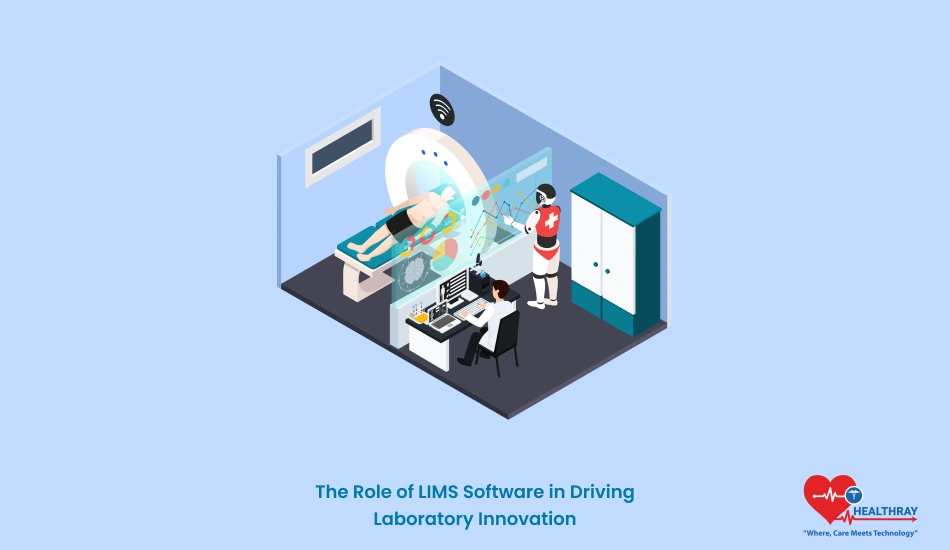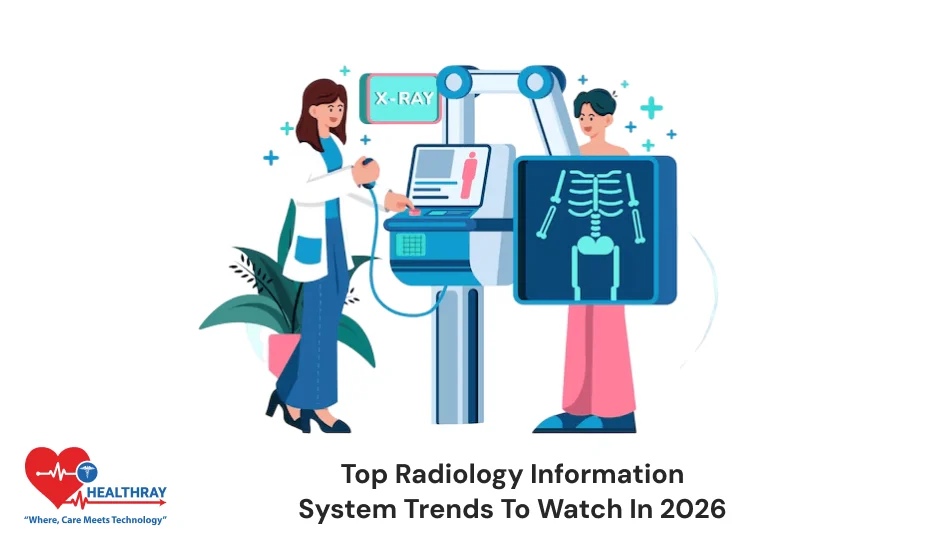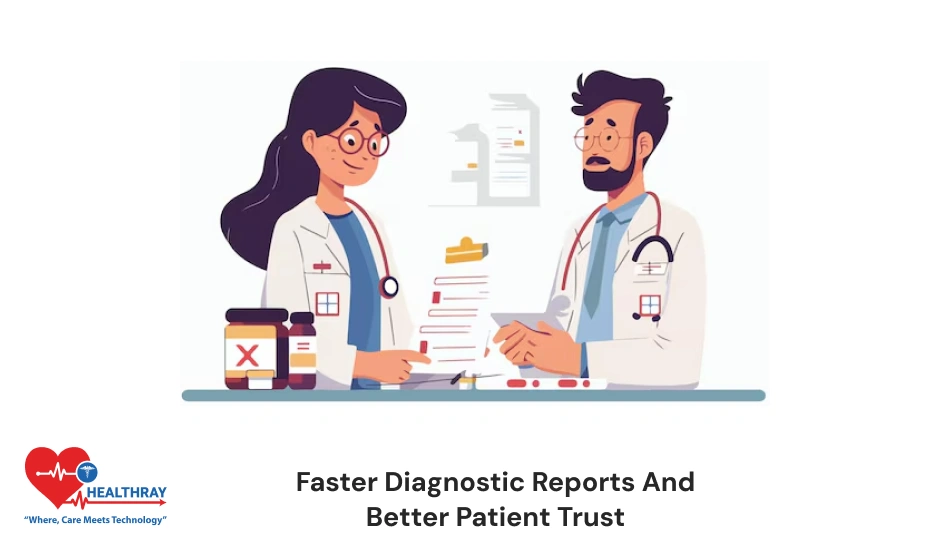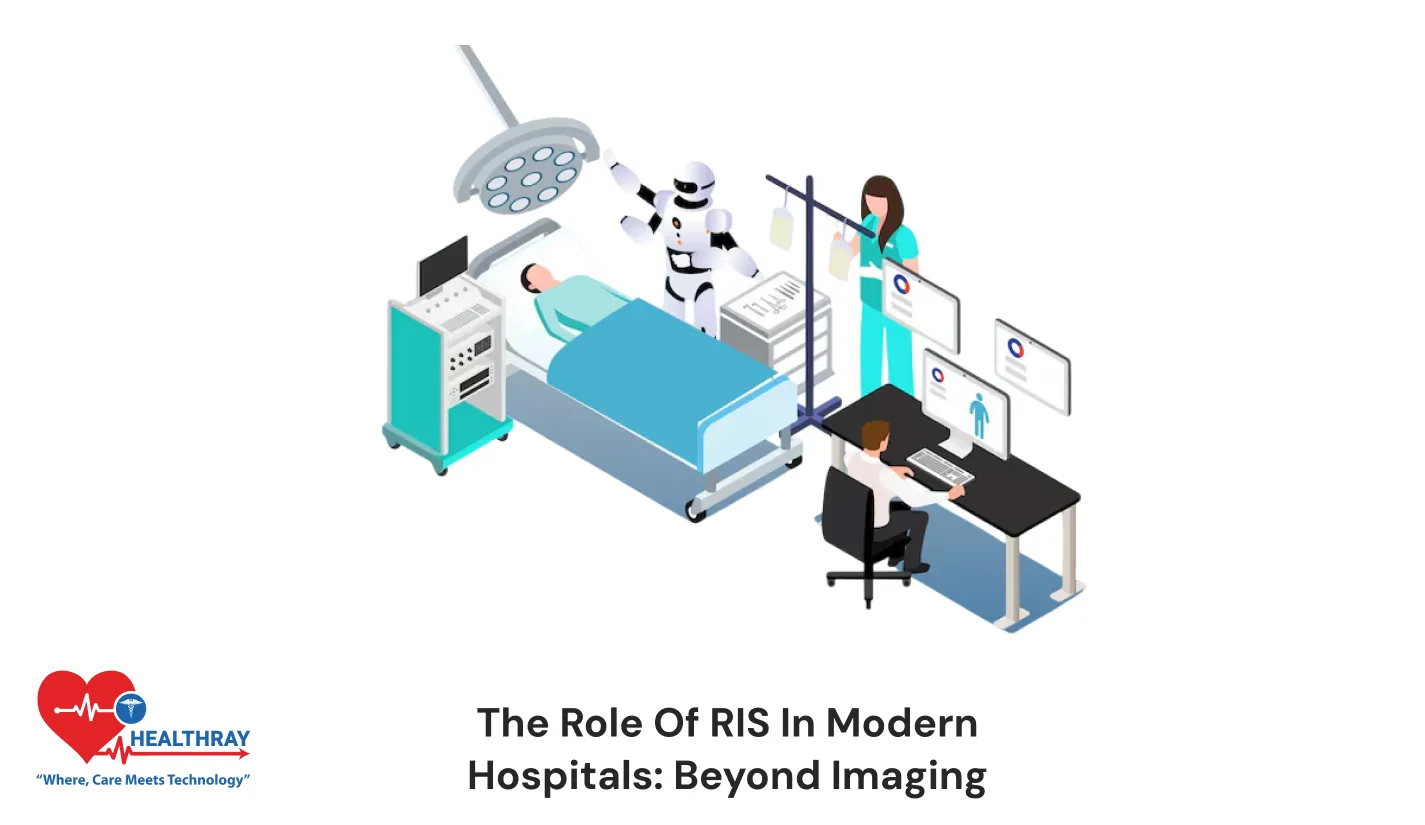Laboratory Information Management Systems are basically changing the entire procedure in labs. LIMS allows the data to be accurate, facilitates faster processes, and helps laboratories to adhere to all industry regulations. So if you’re a lab owner or operator, I’m quite sure you would have heard about LIMS, but why does it matter? Let’s dig deep into how LIMS software drives innovation and efficiency in today’s laboratory.
What is LIMS?

LIMS stands for Laboratory Information Management System. It is basically the software platform with which all of the laboratory work is managed and tracked. A LIMS contains all aspects regarding samples, as well as data management from tracking samples.
Contrasted to LISs basically used for patient care inside a clinical, LIMS offers an option for virtually any type of laboratory, such as research, pathology, and pharmaceutical laboratories. In terms of functionality, it manages all workflows, controls the tracking of samples, stores all data, and ensures that everything goes about right.
Benefits of LIMS in Laboratories: Innovation with Automated Laboratory Flows

Streamline Laboratory Processes
One of the primary advantages of a LIMS system is that it automated the routine job that is a part of all labs. Majority of such laboratories have some level of data entry, and this is time-consuming, often error-prone, and rather laborious in nature. In this case, automation through the LIMS significantly reduces the task period and to an extent also eradicates most of the errors.
For example, when a sample is brought into the lab, LIMS can automatically generate a barcode for tracking. This eliminates data entry that is often prone to errors due to human interaction. Lab employees can now save time for value-added activities, such as the analysis of samples instead of performing data entry.
Data Integrity and Centralized Management
Accuracy is everything in a lab. Data that is misplaced or incorrect may bring about erroneous results, affecting either the outcome of research or even patient care. A LIMS stores all laboratory data in one database and keeps all information securely there. It applies strict data validation rules so that all data recorded are traceable and correct.
Centralized data management means that labs can access their data anytime they need it. Be it retrieving previous test results or reviewing a sample’s history, everything is in one place. This also simplifies audit processes because regulatory bodies can easily verify that labs are compliant with industry standards.
Regulatory Compliance
The main concern for laboratories, particularly those in very regulated industries like healthcare and pharmaceuticals, is regulation compliance. Many of the tasks related to compliance are automated by LIMS software. These include generating reports, tracking changes, and keeping audit trails in order to maintain the required standards in the lab.
When labs automate their tasks, they reduce the non-compliance that could have risen and even levied some fees or fines otherwise. Whether it is your FDA compliance requirement or just the requirements of an industry, LIMS makes the work of complying least stressful.
Cooperation and Information Sharing
Data silos are among the common laboratory problems. Sometimes, different departments will store their data in other different systems. LIMS removes all these obstacles since it offers a common platform whereby the data will be available to all those who require it. It makes easier to cooperate with the outside partners in addition to internal communication improvement.
This enables LIMS to share data with the concerned research teams, collaborate with other labs outside the laboratory, or communicate better within the lab so that it may perform better and make better decisions.
Advanced Data Analytics
LIMS doesn’t just store data; it helps labs make sense of it. With built-in data analytics tools, LIMS can process large volumes of data and provide insights that drive innovation.
These insights can highlight inefficiencies in workflows, predict trends, and improve decision-making.
For instance, using sample data, LIMS may help a pathology lab discover patterns in certain disease markers. Such information can be used to refine diagnostic methods or create new treatment protocols. The potential for data-driven innovation is huge.
LIMS and Laboratory Automation

Sample Management
In any laboratory, accurate tracking of samples is a must. It is very easy to commit errors if thousands of samples are to be processed in a lab and systems aren’t in place. LIMS solves this problem by tracking each sample using barcodes or RFID technology. From the moment it is logged into the system, the journey of a sample is documented to avoid losing it or mismanaging it.
This also monitors samples in real time, so that lab managers would be at exactly the right place regarding a sample’s place. Automation on its part lowers down the scope for errors while additionally ensuring maximum utilization of laboratory performance.
Inventory Management
The inventory of reagents, chemicals, and equipment is very dependent on the labs. A critical supply running out can cause operations to stop and delay results. LIMS can automatically track the levels of inventory and alert lab staff when stock is running low. It can even automate the reordering process, ensuring that labs never run out of essential supplies.
This type of automation reduces waste and decreases operational costs, making lab management much more efficient.
Data Handling and Analytics
Managing large datasets manually is not only time-consuming but also error-prone. LIMS automates data handling, from data entry to analysis. It can integrate data from different lab instruments and systems, providing a unified view of all lab activities.
These also allow labs to easily identify trends and generate reports with just a few clicks by using advanced analytics tools in LIMS systems. This freedom to analyze easily helps labs drive innovation and increase their performances through data-driven decisions.
Practical Impact of LIMS:
Most laboratories hiring LIMS achieve tremendous benefits very soon. Reduced to a very small extent due to automation, the processing time significantly decreases by sometimes up to 30% in the case of efficiency in some cases.
For example, a pathology lab that has to process thousands of samples in a day can reduce a huge portion of the work that would otherwise be done manually by half when using automation in LIMS. This saves the time and increases accuracy of results; therefore, providing better patient outcomes.
Overcoming the barriers of implementing LIMS
The implementation of LIMS is not without its difficulties. Some laboratories may be apprehensive about the initial investment or the time taken to train the staff. But these challenges can be overcome if proper planning is done. Most laboratories start by implementing LIMS for a few processes before gradually expanding it throughout the entire lab.
Another big thing is training. At the time of implementation, the change is easier to accept by the employees. Once the system is in place, the long-term benefits of the system easily outweigh the short-term pains.
Future of LIMS: Innovation Leader
But more than this, LIMS has something more to show in the lab innovation space, as the application of artificial intelligence and machine learning on LIMS is sure to drive even more automations. LIMS will make it possible to predict equipment failure, optimize workflow, and aid in diagnostics by AI.
LIMS will be the foundation of labs that continue embracing digital transformation, hence allowing them to handle bigger datasets, collaborate globally, and innovate more quickly.
Conclusion
Laboratories are today under tremendous pressure to deliver accurate results within the given timeframe and according to several regulations with a humongous amount of data. LIMS software has emerged as a driver for innovation for laboratories through the automated workflows, accuracy in data, and compliance facilitation.
Right from tracking samples to advanced analytics of data, LIMS enables the lab to function much more efficiently, which further allows it to take better decisions. This is a prerequisite for every lab if they want to be competitive and innovative. It is going to enhance operation speed and decrease human error, improve communication within the teams.
The future of LIMS is very bright indeed with the capabilities promised by AI and machine learning. Adoption of this system will not only result in immediate operational benefits but also position the labs and operators/owners for long-term success and growth.
If you are ready to make some improvements in the efficiency of your lab, it is high time to check into the promise of LIMS.MS.





